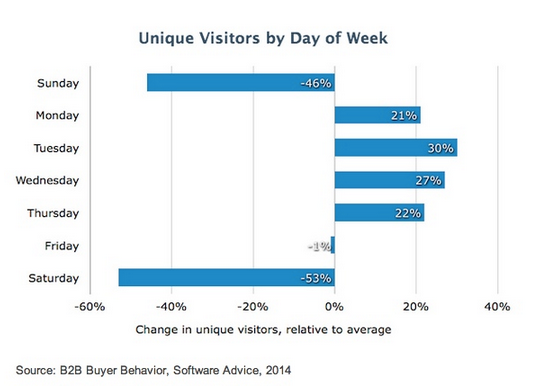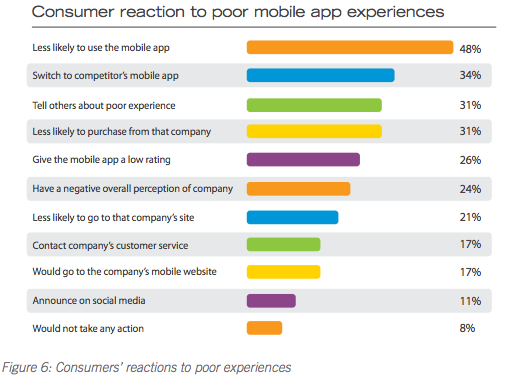What makes consumers share personal data with brands?
Getting personal data is something most companies strive for. However, consumers are very careful with sharing their information with marketers. Most of them (62%) fear that marketers don’t obey the rules of data privacy. This is the main finding of a recent report from SDL, based The report was based on data from a survey of more than 4,000 consumers in the United States, the United Kingdom, and Australia.
Not surprisingly, younger consumers are not that frightened about the way marketers work with their data than older consumers. In the UK, just 48% of the 18-24 year old respondents worry about it versus 63% of the 45-54 year olds. The US is less open with data sharing in the younger generation. 59% of the respondents between 18-29 years worry about data privacy. This compares to 71% of the age group 45-60 years.

There is also a big gap between what data people share and what not. Data about age, gender, and income is more openly shared with marketers. Respondents made clear that they are less open to share the name of their spouse, lists of family and friends, and obviously their Social Security number.
 It seems that loyalty programs are still a great hook for marketers. In order to being able to join a loyalty program 49% of respondents were willing to share personal information with brands. Furthermore, free products and services in exchange for data still gets 41% sharing personal data.
It seems that loyalty programs are still a great hook for marketers. In order to being able to join a loyalty program 49% of respondents were willing to share personal information with brands. Furthermore, free products and services in exchange for data still gets 41% sharing personal data.
Still, the fear of being tracked gets people away from sharing their data online, especially when it comes to in-store tracking. Most respondents (76%) with smartphones replied they are not happy with retailers’ tracking their shopping tours as they do not understand what the intention of the tracking effort will be.
Spot On!
 Trusted brands are in a comfortable situation: 79% of respondents stated they are more likely to hand over personal data to those brands they have purchased from before. Obviously, this changes in percentage from country to country with the UK being most hesitant about sharing information Almost one third would not share any information with marketers. The report is a good indicator on what kind of structured data is easy to generate, but also shows the challenge of getting sensitive data from consumers.
Trusted brands are in a comfortable situation: 79% of respondents stated they are more likely to hand over personal data to those brands they have purchased from before. Obviously, this changes in percentage from country to country with the UK being most hesitant about sharing information Almost one third would not share any information with marketers. The report is a good indicator on what kind of structured data is easy to generate, but also shows the challenge of getting sensitive data from consumers.














 The guys at CHEIL in Sigapore have created a nice app for Samsung that keeps us away from texting and driving. With their “Eyes On The Road” app you can switch your phone into a “Drive Safe Mode” and stay away from taking calls, texts, or even push alerts while driving.
The guys at CHEIL in Sigapore have created a nice app for Samsung that keeps us away from texting and driving. With their “Eyes On The Road” app you can switch your phone into a “Drive Safe Mode” and stay away from taking calls, texts, or even push alerts while driving.